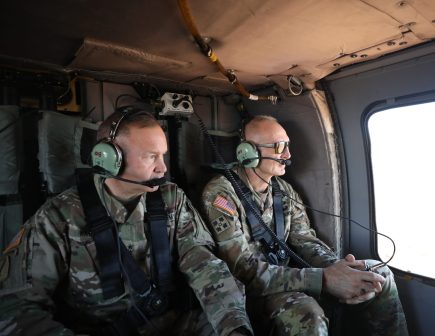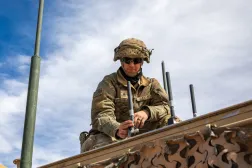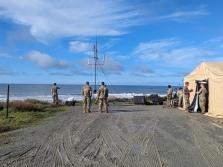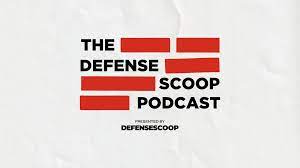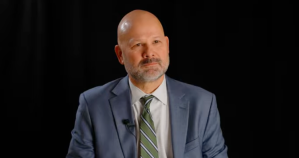Why Army counterintelligence agents were heads-up at AUSA
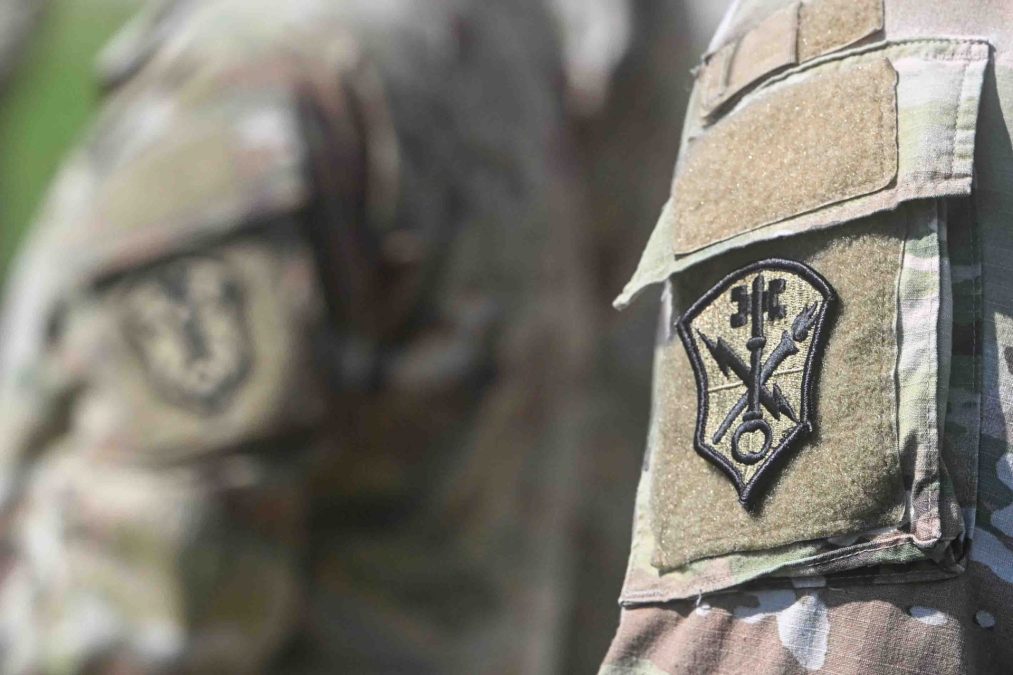
Senior officials on Wednesday provided insight into how the Army’s primary arm for countering foreign intelligence threats works to safeguard products made by the defense industrial base.
“We want to be [on the] left of modernization. We want to be protecting [any] new capability left of delivery, because that’s where, of course, the adversaries try to get them,” Lt. Gen. Tony Hale, deputy chief of staff for intelligence, G2, told reporters.
During a media roundtable at the annual AUSA conference, Hale and multiple senior officials from Army Counterintelligence Command shed light on some of their ongoing efforts to proactively confront foreign threats associated with tech acquired from Defense Department contractors.
“That is why Army Counterintelligence [agents are] here at AUSA. That’s why you heard me mention that we have Army Counterintelligence here working with our defense industrial base at these venues — because we know these venues are being targeted. And if, like the G2 says, ‘We can get it left of the theft,’ we’re going to deliver it uncompromised to win the next war,” said Scott Grovatt, the region special agent in charge of the Northeastern U.S., which includes Washington, D.C.
“And I will tell you that that’s what worries me, right? I used to be an infantryman before I was an intelligence professional. I was on a gun line. I want that gun to fire every single time I’m shooting it. And that’s our goal as counterintelligence agents — protect that maneuver force and our technology,” he said.
Hale pointed to a variety of other major military summits beyond AUSA where agents operate, including SOF Week — the annual international conference for special operations forces — and the Land Forces Pacific (LANPAC) symposium and exposition.
“Those are great venues for an intelligence officer from an adversary to collect information. I mean, look out on the floor — people are taking pictures all day long, right? And Army CI helped support all those events,” Hale said.
Beyond those highly attended gatherings, the career intelligence officer noted, his team also has a liaison officer inside the Office of the Assistant Secretary of the Army for Acquisition, Logistics, and Technology, which is spearheading the service’s modernization.
At the roundtable, Grovatt noted that, through the Covering Agent program, agents connect on a regular basis with “every unit” when they obtain new technology kits “to help inform them of the threat and to protect [the capabilities] that they go to war with.”
He also noted that the team works closely with the defense industrial base through the Defense Counterintelligence and Security Agency.
“From development through delivery, Counterintelligence is going to be part of that process to get it into the field and to protect that piece of technology,” Grovatt told reporters.
